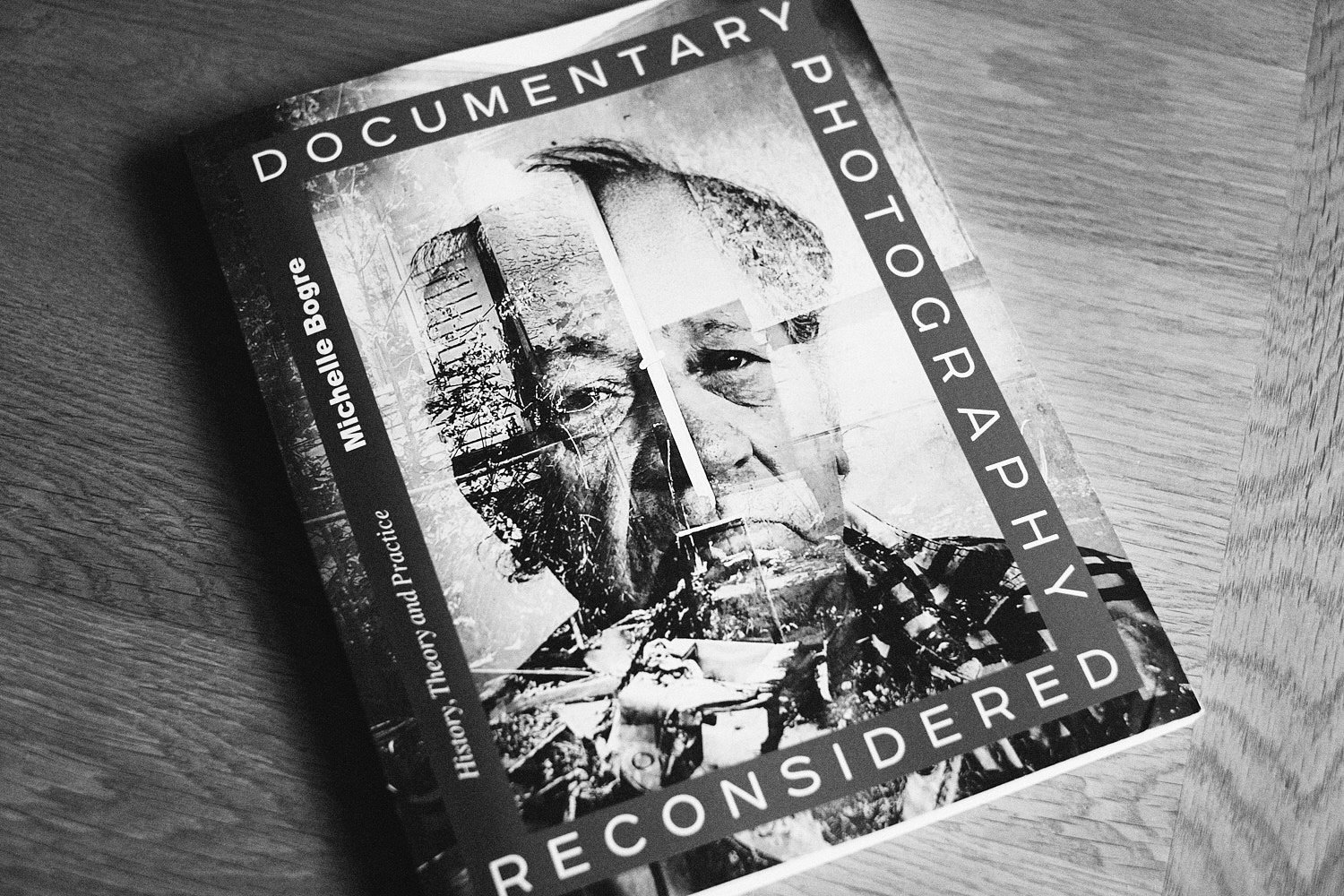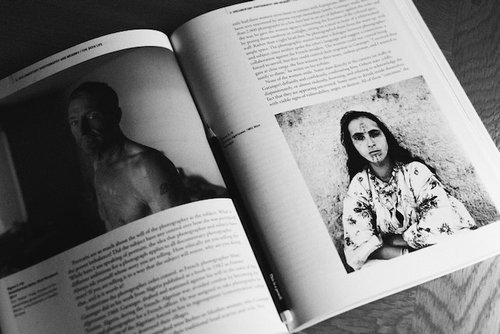Documentary Photography Self-Study Blog #2
This month, nothing highlighted the cavernous gap in my knowledge of photojournalism quite as much as my almost complete ignorance of the work of Philip Jones Griffiths, but more of that later.
The Goal
This is the latest blog post in a series about self-study in general and, in particular, furthering my education in Photojournalism and Documentary Photography.
I'm basing my study around the outline for the London College of Communication (LCC) BA in Photojournalism and Documentary Photography, detailed here. My intention is to apply for the course when time and money permit (which, in this context, are the same thing). I'm adding relevant resources to that blog post as I find them.
This Month
I didn't achieve as much as I'd hoped – although I do need to keep reminding myself that I'm not writing to a deadline, there isn't a tutor waiting, red pen in hand. I think some of that pressure comes from the fact that I'm not working to a deadline. I am conscious that nothing prevents me from just deciding not to do this any longer. I guess I'm trying to prove something and stop myself from taking that easy option.
Unit 2: Practical Documentary Photography & Photojournalism
"This unit will introduce you to the skills and knowledge required to identify, research, shoot and edit a series of photographic images within particular genres of documentary and photojournalistic image-making."
Documentary Photography Reconsidered: History, Theory and Practice by Michelle Bogre
Book: Understanding Photojournalism, Chapter 1 - What is Photojournalism
Pages from a photography textbook, Book: Documentary Photography Reconsidered: History, Theory and Practice by Michelle Bogre
I continued reading around the themes raised, attempting to answer, 'What is Photojournalism', which isn't as obvious a question to answer as you may first think.
Book: Documentary Photography Reconsidered: History, Theory and Practice
The plan is to work through the chapters relevant to the Unit. Unfortunately, I didn't have a copy of the book when I needed it—I've since received a copy for my birthday—so I'll return to that once I've finished Unit 3.
Book: Witness in Our Time: Working Lives of Documentary Photographers
I explored the work of a number of the photographers featured, but I was particularly fascinated by the life of the incredible Hansel Mieth. She seemed like such a ballsy woman, someone I'd loved to have met. There’s a great documentary on Vimeo if you’re interested.
Unit 3: Histories & Theories of Photojournalism & Documentary Photography
“This unit introduces you to the key historical and social issues surrounding photojournalism and documentary photography from their earliest stages to the present day.”
Book: Understanding Photojournalism, Chapter 2 - History and Development of Photojournalism
There is so much to explore in the history of photojournalism, a single chapter cannot give more than the broadest overview. Several times I found myself disappearing down the inevitable rabbit holes. For a newspaper junkie like me, it was intriguing to see the first photograph ever published in a newspaper—the New York ‘Daily Graphic’, in 1880. I also found myself counting cannonballs in the Valley of the Shadow of Death, and no, I'm still not sure which image came first.
I’ve made a note to delve deeper into the work of Jacob Riis and Lewis Hine, but the greatest inspiration most certainly came from the work of Philip Jones Griffiths.
A portrait of photographer Philip Jones Griffiths
One thing I've learnt this month
Philip Jones Griffiths (1936-2008)
I'm genuinely ashamed to say I didn't know the work of Philip Jones Griffiths whatsoever.
Philip Jones Griffiths was a Welsh-born photojournalist and pacifist principally known for his work in Vietnam during the war; he also worked in the UK and Cambodia.
His best-known book, Vietnam Inc., is widely regarded as one of the most honest portrayals of the Vietnam war. Eugene Richards describes it as "one of the books of the 20th Century."
There are two excellent documentaries on Vimeo about Jones Griffiths, one made by his long term partner Donna Ferrato, shot days before he died and the other (below) by the Philip Jones Griffiths Foundation.
After his death, John Pilger wrote:
"I never met a foreigner who cared as wisely for the Vietnamese, or about ordinary people everywhere under the heel of great power, as Philip Jones Griffiths. He was the greatest photographer and one of the finest journalists of my lifetime, and a humanitarian to match. His photographs of ordinary people, from his beloved Wales to Vietnam and the shadows of Cambodia, make you realise who the true heroes are. He was one of them."
Until next time. If you have any questions, comments or suggestions, get in touch.



